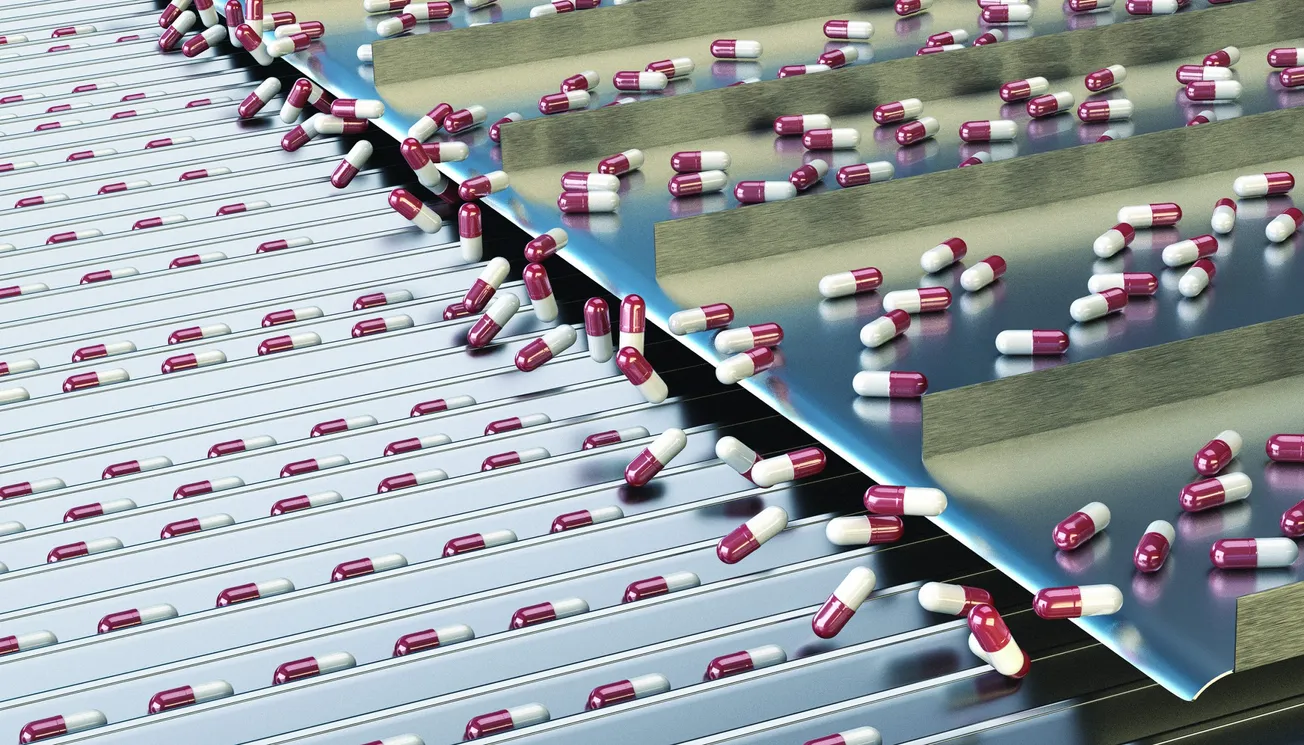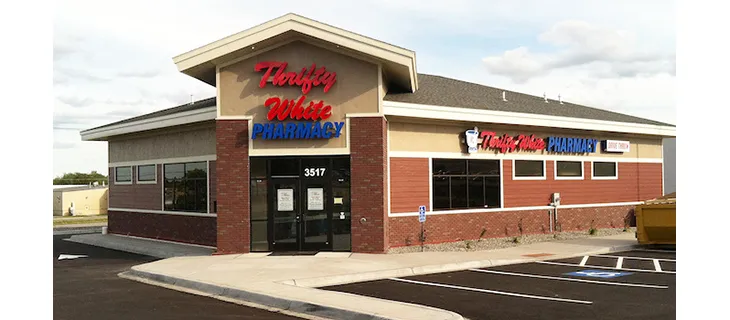
Dinakaran Balasubramanian
The Inflation Reduction Act (IRA), which was signed into law in August of 2022, announced several provisions on prescription drugs, with the aim of lowering the burden on people and reducing federal spending on drugs. Some of these provisions are targeted at high-cost biologic drugs and are in turn expected have a profound impact on the market dynamics for biosimilars. Direct price negotiation with manufacturers is one of the major policy changes that has been much analyzed. In this article the attempt is to focus on nuances around some of the other provisions and their impact on biosimilars.
Higher reimbursement for
biosimilars in Medicare Part B
Most Part B drugs are reimbursed at 106% of Average Selling Price (ASP). In order to encourage higher adoption of biosimilars, IRA increases the reimbursement for biosimilars to 108% of ASP for the five-year period through December 2027. It is important to note a couple of nuances in this provision.
The increased reimbursement rate is only applicable for qualifying biosimilars, whose ASP is less than the reference drug ASP in a particular quarter. While this qualification seems like an obvious one, it could get tricky. If the brand biologic chooses to aggressively defend share through increased rebates and channel discounts, its ASP might closely tail the biosimilar ASP. If the biosimilar ASP nudges ahead in a particular quarter, it would lose the reimbursement advantage for the short term.
Another favorable factor for biosimilar manufacturers in this provision is that the five-year term begins the first day of the calendar quarter when the ASP is established. This would mean that a biosimilar launching in the last quarter of 2027 would still be eligible for higher reimbursement until 2032.
Benefit redesign could alter the high price – high rebate preference
Part D benefit redesign is one of the cornerstone provisions in IRA to minimize patient out-of-pocket costs and to reduce Medicare spending. From a stakeholder perspective, the proposed redesign would look as below:
As of today, plan sponsor has zero liability once the patient reaches catastrophic coverage phase. This incentivizes plan sponsors to push the patient to the catastrophic phase at the earliest date. Maintaining high list price for drugs is the means plan sponsors resort to for achieving this. Actual price from drug manufacturers, net of rebates, is substantially lower in many Part D drugs.
The insulin category is a classic example where the inflated list prices kept the patient out-of-pocket spending high for very long. This bubble went bust early this year with insulin manufacturers dropping the list price by 75%. This reduction had little to no impact on the revenue projections of manufacturers, as their net price was not affected.
The proposed benefit redesign is likely to make an impact as it shifts significant liability (60%) of drug cost to plan sponsors in the catastrophic phase. Plan sponsors would have a high cost share in both initial coverage and catastrophic phases. This might cause the plan sponsors to move away from the high list price – high rebate pricing model. Pricing transparency is likely to improve with these changes.
Medicare inflation penalty to limit brand price increases
Until 2022, only Medicaid had inflation-linked penalty rebates for single source drugs. IRA has introduced a similar provision for Medicare effective from early this year. If price increases are higher than inflation, manufacturers will be required to pay the difference in the form of a rebate to Medicare.
The rebate amount is equal to the total number of units sold in Medicare multiplied by the amount, if any, by which a drug’s price in a given year exceeds the inflation-adjusted price.
An analysis by the Kaiser Family Foundation shows that half of all drugs covered by Medicare had list price increases that exceeded the rate of inflation between 2019 and 2020. A separate analysis by the HHS Office of Inspector General showed ASP increases exceeding inflation for 50 of 64 studied Part B drugs in 2015.
As the number of lives under Medicaid are relatively low, penalties did not deter steep price increases. This is because value benefit in other payer segments mostly outweighed the penalty imposed only by Medicaid. Given significant number of patient lives covered under Medicare, inflation penalties in Medicare are likely to deter brands from going for steep price increases. Cumulative price increases over many years tend to sweeten the value pie for biosimilar entrants that come in upon loss of exclusivity.
This effect is likely to be muted going forward.
Dinakaran Balasubramanian is head of commercial strategy and insights for biologics at Dr. Reddy’s Laboratories.









